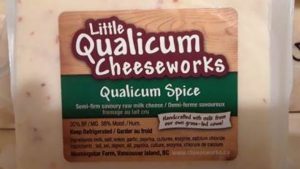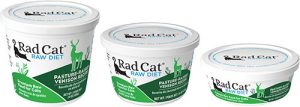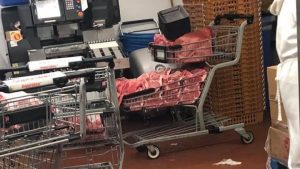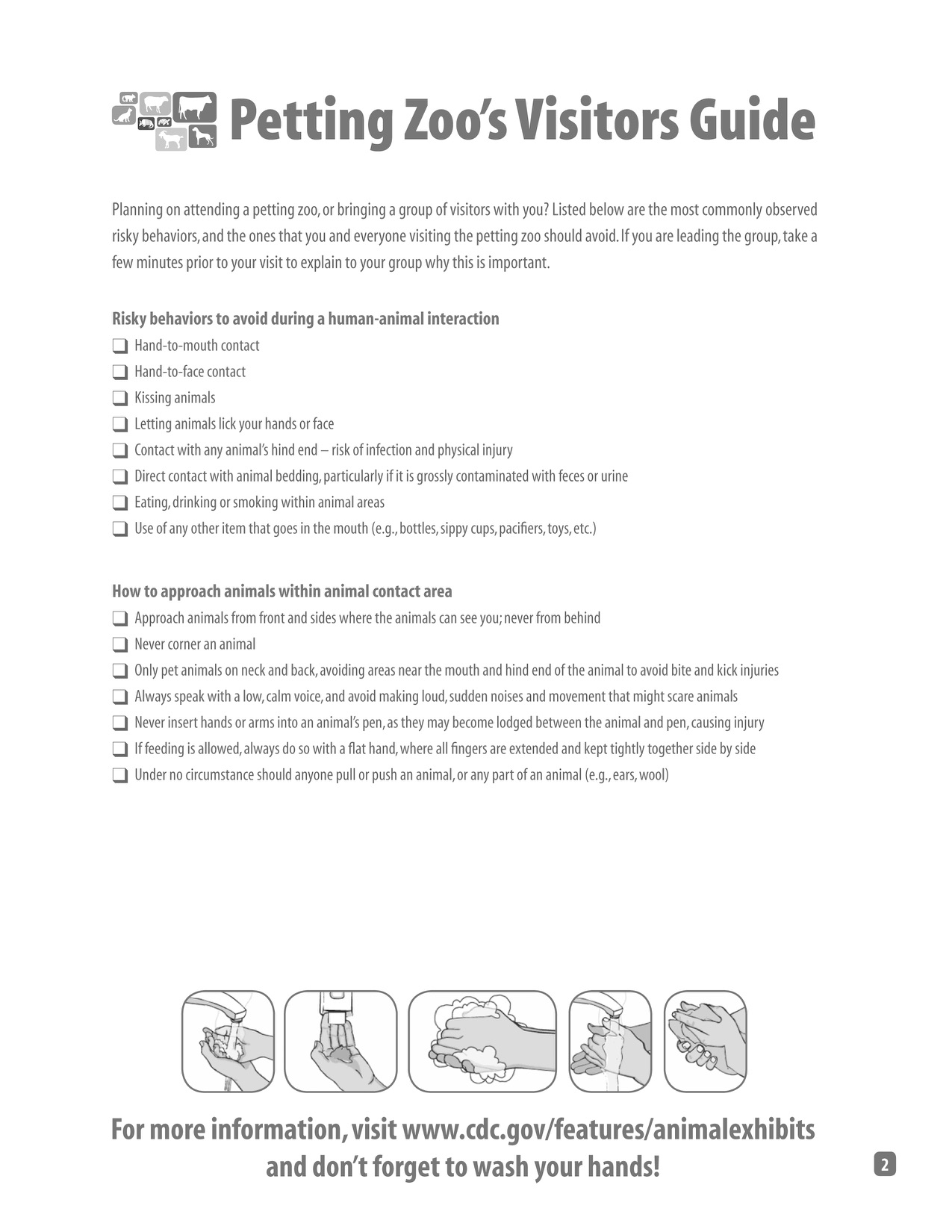The episode starts with a quick discussion of books the guys are planning on reading this week, and a book that arrived mysteriously at the offices of many other food safety folks (including Don and Ben).  The food safety discussion goes to a story of a Chicago bus driver pooping on his bus and trying to clean it up with the contents of a coffee cup; Don and Ben chat about the pros and cons of this approach. The guys tackle the safety of storing breast milk, pickling eggs in miso, and what levels of contamination may have led the Romaine-linked E. coli O157 outbreak earlier this year. The show ends on raw flour, TTIs (not STIs) and raw chicken thingies.
The food safety discussion goes to a story of a Chicago bus driver pooping on his bus and trying to clean it up with the contents of a coffee cup; Don and Ben chat about the pros and cons of this approach. The guys tackle the safety of storing breast milk, pickling eggs in miso, and what levels of contamination may have led the Romaine-linked E. coli O157 outbreak earlier this year. The show ends on raw flour, TTIs (not STIs) and raw chicken thingies.
You can download episode 169 here and at iTunes.
Show notes so you can follow along at home:
- Little Boy and Fat Man | Atomic Heritage Foundation
- Patriot (TV series) – Wikipedia
- Letterkenny (TV series) – Wikipedia
- Beastie Boys Book – Kindle edition by Michael Diamond, Adam Horovitz
- Amazon.com: Becoming eBook: Michelle Obama
- Bang (TV series) – Wikipedia
- Did You Just Eat That? | W. W. Norton & Company
- Did You Just Eat That? Amazon.com
- About David Lloyd
- Tour Dates | The Avett Brothers
- May It Last: A Portrait of the Avett Brothers – Watch the HBO Original Documentary | HBO
- Stan Lee – Wikipedia
- Stan Lee in ‘Mallrats,’ Kevin Smith’s Movie – Rolling Stone
- Do By Friday
- CTA drivers caught on video urinating, defecating on buses, face little action
- Bus driver was drunk, may have been drinking while driving, Melbourne police say | WFTV
- Mystery high school pooper revealed as superintendent
- ‘Super pooper’ suspect resigns Kenilworth post, demands $1M from police
- How good is liquor as a disinfectant? – Quora
- Discord server? : DoByFriday
- Never Home Alone: A Gala of Stories, Foods, and Insights from the Study of the Life in Homes Thu, Nov 15, 2018 at 7:00 PM
- Never Home Alone: From Microbes to Millipedes, Camel Crickets, and Honeybees, the Natural History of Where We Live, Rob Dunn – Amazon.com
- Techniques for the storage of human breast milk: implications for anti-microbial functions and safety of stored milk.
- Bactericidal activity of human milk: stability during storage.
- Cold storage of human milk: effect on its bacterial composition.
- Report of Neonatal Meningitis Due to Salmonella enterica Serotype Agona and Review of Breast Milk-Associated Neonatal Salmonella Infections
- Miso-Pickled Eggs Recipe – Nancy Singleton Hachisu | Food & Wine
- Effect of miso soup containing Natto on the composition and metabolic activity of the human faecal flora
- Evaluation of the Bacteriological Safety of Low-Salt Miso
- Statement from FDA Commissioner Scott Gottlieb, M.D., on findings from the romaine lettuce E. coli O157:H7 outbreak investigation and FDA’s efforts to prevent future outbreaks
- Environmental Assessment of Factors Potentially Contributing to the Contamination of Romaine Lettuce Implicated in a Multi-State Outbreak of E. coli O157:H7
- Quantitative assessment of the microbial risk of leafy greens from farm to consumption: preliminary framework, data, and risk estimates
- Duncan Hines Classic White, Classic Butter Golden, Signature Confetti and Classic Yellow Cake Mixes Recalled Due to Potential Presence of Salmonella
- The Dough Also Rises: The Reload | Good Eats: Reloaded | Cooking Channel
- An outbreak of Salmonella Typhimurium phage type 42 associated with the consumption of raw flour
- Multistate Outbreak of Salmonella Agbeni Infections Linked to Pet Turtles, 2017 (Final Update)
- Rare Salmonella Strain Sickened 8 in British Columbia Last Year | Food Safety News
- Outbreak of Salmonella Infections | Multistate Outbreak of Salmonella Agbeni Infections | November 2018
- Amazon.com : Duncan Hines Cake Mix, Classic White, 16.5 Ounce (Pack of 6) : Grocery & Gourmet Food
- WarmMark 25°C/77°F Temperature Indicator (10-Pack)-WM 25/77-10PK – The Home Depot








 Don talks a little bit about a great idea for a food safety tool he was once given. In a different twist on food safety, the guys talk about copper toxicity, and the dangers of making foods with ingredients sourced from the Internet. The show wraps with some listener feedback on a variety of topics. In the After Dark the guys talk about books they are reading, Ben’s new favorite band and Don’s selection for the alphabetically listed 50 most quoted Rutgers experts in the news.
Don talks a little bit about a great idea for a food safety tool he was once given. In a different twist on food safety, the guys talk about copper toxicity, and the dangers of making foods with ingredients sourced from the Internet. The show wraps with some listener feedback on a variety of topics. In the After Dark the guys talk about books they are reading, Ben’s new favorite band and Don’s selection for the alphabetically listed 50 most quoted Rutgers experts in the news.
